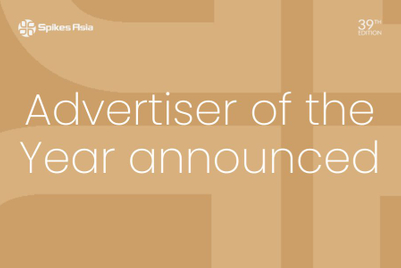
As advertisers across the world take a renewed interest in audio advertising, the immortal words of Freddie Mercury (in the headline above) have never seemed so appropriate.
Radio itself may currently only account for 6% of total global ad spend but—as the song goes—it’s yet to have its finest hour. The channel is seeing steady growth in the APAC region, where spend is set to exceed $8 billion by 2021. And broadcast radio is far from the only available channel for audio advertising, with fast-growing technologies such as smart speakers and voice assistants driving interest in other forms of audio inventory such as online music streaming platforms and podcasts.
Music streaming – via platforms such as KKBox, Joox, Spotify, Apple Music and Sing! by Smule – is increasing in popularity and takes place largely on mobile, with almost 40% of smartphone users in developed Asia using their device to listen to free online music at least once per month. Streaming penetration is expected to grow 15% annually to reach 87 million people across Hong Kong, Singapore, Malaysia, Thailand, the Philippines and Indonesia next year, making it an incredibly attractive channel for advertisers, and one they should be investing in.
In addition to the impressive reach of online platforms, music streamers also represent a desirable audience for brands. They tend to be young and affluent, with psychographic comparisons showing they are more likely than non-streamers to follow the latest fashions and trends, to feel it is worthwhile to pay extra for quality, and to buy themselves expensive treats.
While broadcast radio and online music streaming provide extensive reach, other audio channels such as podcasts deliver strong engagement. Podcasts tend to be used for long-form audio content such as interviews, which dig deeper into specific topics and are ideal for connecting with consumers that have a particular interest when they are fully absorbed in the subject. Podcasting is growing especially quickly in countries such as Singapore and China, and South Korea is home to the most podcast enthusiasts with over half of consumers regularly consuming content this way.
The benefits of audio for advertisers are clear. Brands can reach audiences in a fraud free, brand safe, premium environment, and get their message heard wherever the consumer is and whatever they are doing. For instance in Thailand, where 93% of consumers use their smartphone to play music, 70% listen in the car, 65% listen while working or studying, and 60% listen while commuting. Advertisers can use audio to reach consumers with non-skippable, multi-sensory brand experiences across multiple platforms independent of screen or device type. Audio speaks directly to consumer ears, creating a sense of intimacy and stirring a range of emotions, so advertisers should be embracing a variety of audio formats as part of multi-channel campaigns.
With the emergence of programmatic audio, advertisers can now target and buy audio inventory just as they would other forms of digital such as display, mobile or video. Using advanced targeting they can connect with specific audience segments across a range of devices – including desktop, mobile devices and smart speakers – in one seamless, streamlined transaction. They can make use of powerful reporting, including ad completion rates as well as pause and mute events, and implement protections and controls to ensure they stay on message and brand safe.
Using technologies such as dynamic audio, brands can personalise the experience to individual users, ensuring the message resonates and drives a response. They can adjust various creative elements such as the voiceover, music, or call to action according to data points such as the listener’s location and device type, ensuring relevance and ultimately performance. This level of targeting and personalisation is achievable in real time with precise ad frequencies implemented for greatest effect.
Through more targeted creative and messaging alignment the advertising industry is moving towards an omni-channel, consumer-centric attitude that enables seamless brand experiences across the whole spectrum of channels and devices. And the resurgence in audio advertising is a key part of that trend. If advertisers increase demand for audio advertising, more radio, streaming, or podcast inventory will be made available to buy programmatically and audio will become a vital component of engaging, omnichannel brand campaigns.
So radio what’s new? Radio, advertisers will love you.
Bartosz Malinowski is VP of CEE, MEA and APAC at Adform.



.jpg&h=334&w=500&q=100&v=20250320&c=1)
.jpg&h=334&w=500&q=100&v=20250320&c=1)
.jpg&h=334&w=500&q=100&v=20250320&c=1)




.png&h=334&w=500&q=100&v=20250320&c=1)








.png&h=268&w=401&q=100&v=20250320&c=1)
